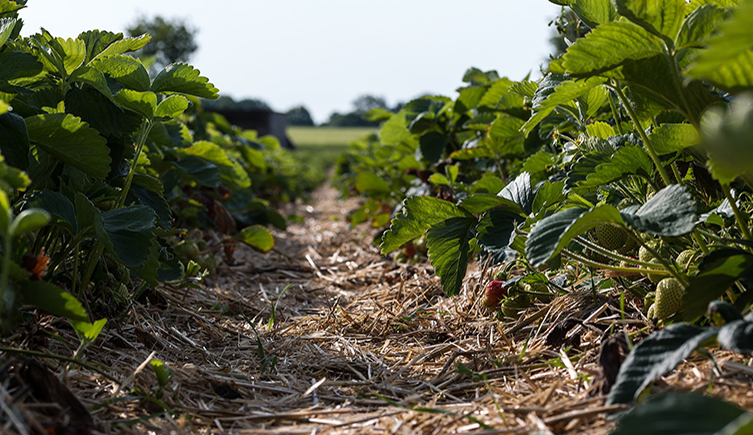Project summary
Dates: June 2019 - May 2024
Focus: Exploiting the multifunctional potential of belowground biodiversity in horticultural farming
Funding: European Commission (H2020-EU.3.2.1.)

Dates: June 2019 - May 2024
Focus: Exploiting the multifunctional potential of belowground biodiversity in horticultural farming
Funding: European Commission (H2020-EU.3.2.1.)
Life in soil, called the soil microbiome, is an important element of soil. The soil microbiome is made up of bacteria, archaea, fungi and small invertebrates such as earthworms.
This microbiome plays a central role in organic matter decomposition and nutrient and biogeochemical cycling. It's also important in agricultural soil systems. The microbiome interacts with the roots of plants in ways that affect plant growth, health and resistance to pathogens.
Adding certain microorganisms, known as bioinoculants, to agriculture systems may further enhance the positive feedback of microbes on the soil microbiome, affecting plant growth and crop production.
The Excalibur project brings together 16 partners in a major collaboration of across Europe, aiming to obtain a better understanding of underground soil biodiversity and dynamics.
The project is evaluating new soil bioinoculants for the three model crops of economic importance: tomato, apple and strawberry. We will study these crops under both conventional and organic horticultural management.
At the Museum, we are using DNA sequencing technologies to look at soil biodiversity and gain a better idea of microbe and plant interactions. We are also evaluating how microbes interact with soil minerals to make nutrients available for crop plants.
Museum researchers are also using the botanical collections at the Museum to study the history of plant diseases.
An important component of the project is the Museum's expertise in the PREDICTS database. Researchers develop statistical models to estimate and predict how land management and bioinoculants affect biodiversity in agricultural systems.

EXCALIBUR will evaluate soil bioinoculants on tomato, apple and strawberry crops, image by Deitmar Rabich (CC BY-SA 4.0)
Project Coordinator: CREA

This project has received funding from the European Union’s Horizon 2020 research and innovation programme under grant agreement No 817946. Our website reflects only the authors’ views and the EU is not liable for any use that may be made of the information contained therein.